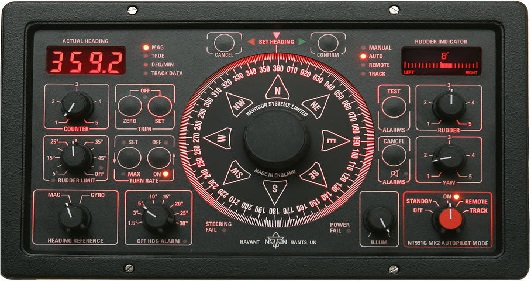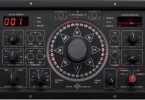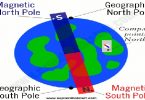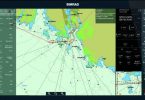An output from a gyro or magnetic repeating compass is coupled to a differential amplifier along with a signal derived from manual course-setting control. If no difference exists between the two signals, no output will be produced by the amplifier and no movement of the rudder occurs. When a difference is detected between the two sources of data, an output error signal, proportional in magnitude to the size of the difference, is applied to the heading error amplifier. Output of this amplifier is coupled to the rudder actuator circuit, which causes the rudder to move in the direction determined by the sign of the output voltage. The error signal between compass and selected course inputs produces an output voltage from the differential amplifier that is proportional to the off-course error. This type of control, therefore, is termed ‘proportional’ control. As it has been shown, the use of proportional control only, causes the vessel to oscillate either side of its intended course due to inertia producing overshooting.
About the author
Amit Sharma
Graduated from M.E.R.I. Mumbai (Mumbai University), After a brief sailing founded this website with the idea to bring the maritime education online which must be free and available for all at all times and to find basic solutions that are of extreme importance to a seafarer by our innovative ideas.






